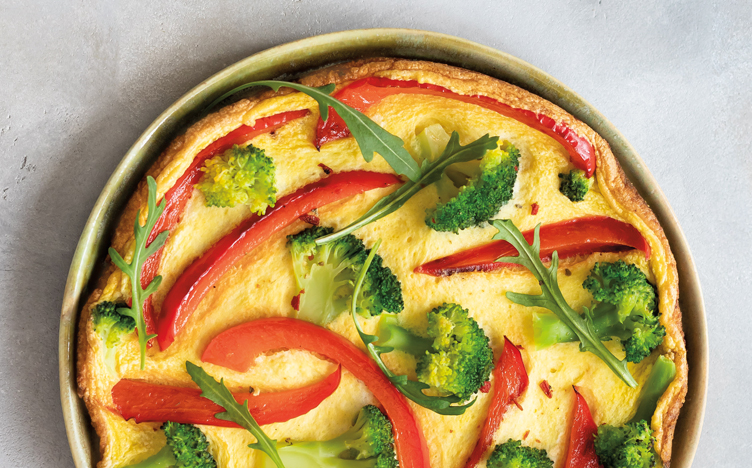The fruitcake — a sweet mixture of fruits, nuts, bread and alcohol — has stood the test of time. Whether taking the form of “stollen” in Germany, “panettone” in Italy or “black cake” in Jamaica, the fruitcake has signaled special occasions across the globe.
Fun + Inspiration
History of oral health: the origins of fruitcake
100 A.D.
A cake called “satura” was made during the Roman Empire by mixing stale bread with pine nuts, pomegranate seeds and raisins, then soaking it in barley mash and an alcoholic beverage brewed from honey. Roman soldiers snacked on these cakes because they preserved well.
1500s
Meat was used as an ingredient in fruitcake along with wine, sherry, fruit juice, sugar and preserved fruits. Additional fruits and nuts eventually replaced the meat. The meatless version became known as “plum cake.”
1700s
Fruitcakes were so rich, they were considered sinful and were outlawed in Europe in the early 18th century. Restrictions eased later in the century.
1800s
These cakes became a popular part of English teatime. They were also served at the weddings of British royals including Queen Victoria, Princess Diana and Prince William.
1900s
The fruitcake reached new heights in 1969, when one traveled to space on Apollo 11. It was never eaten, though, and remains on display at the Smithsonian Air and Space Museum in Washington, D.C.
Fruitcake is filled with sugar, starch and dried fruits that can stick to your teeth and increase your risk of tooth decay. When indulging in holiday treats, try to:
• Eat sweets with a healthy meal to help neutralize sugar in your mouth.
• Enjoy them in moderation. Keeping your sugar intake to less than 10% of your daily calories can lower your risk of tooth decay.1
• When possible, choose plain chocolate over hard or chewy treats that can stick to your teeth and increase your chances of cavities.
• Drink water, brush your teeth or chew sugar-free gum to wash away sugar after eating sweets.









